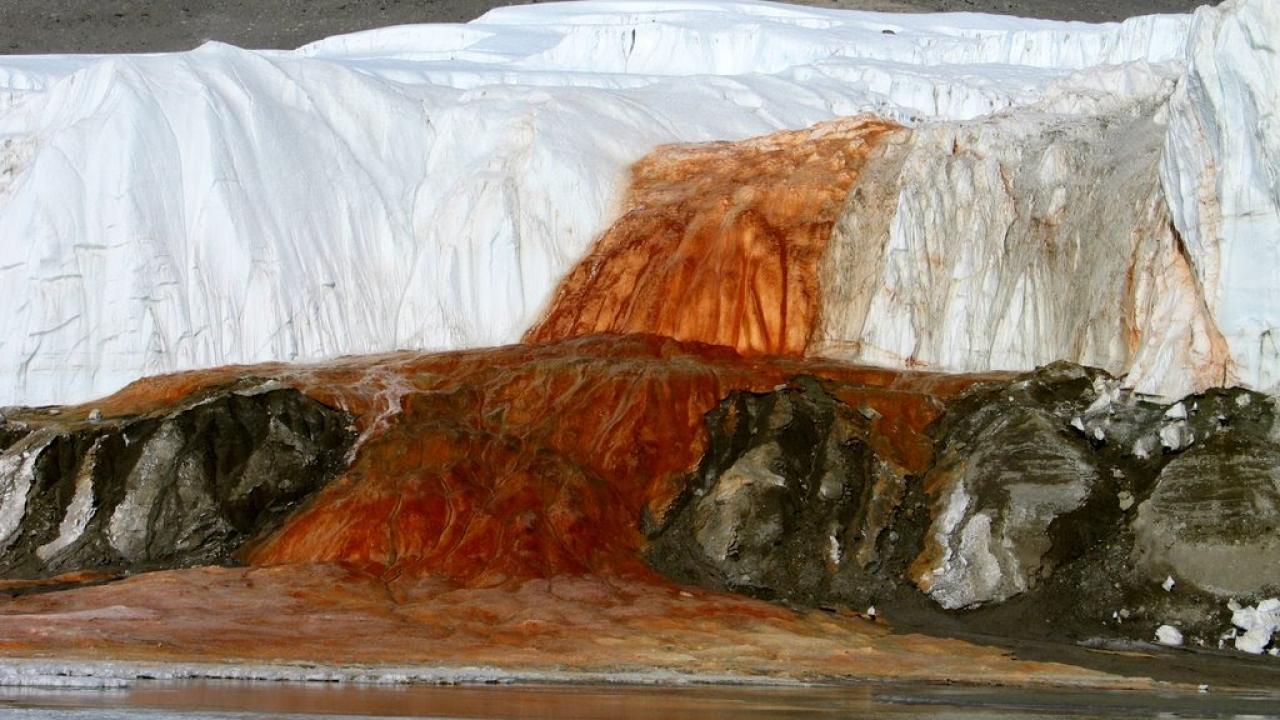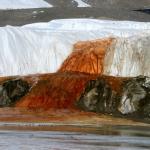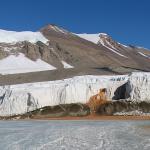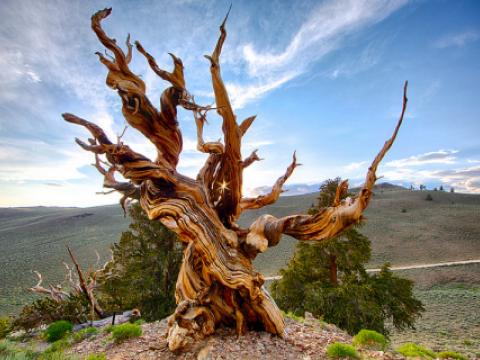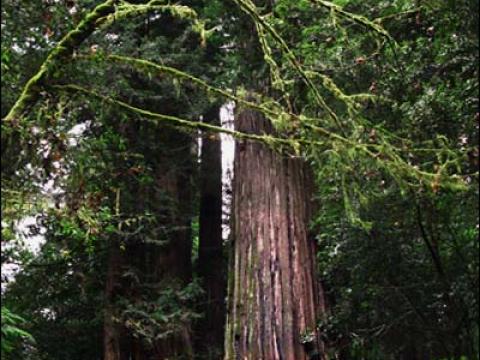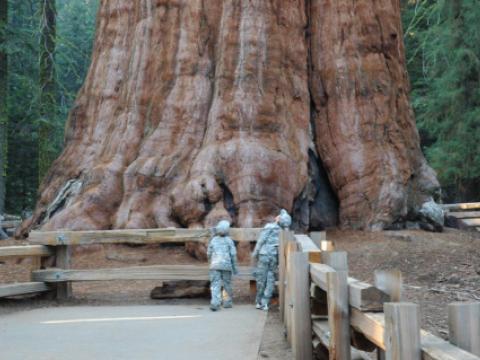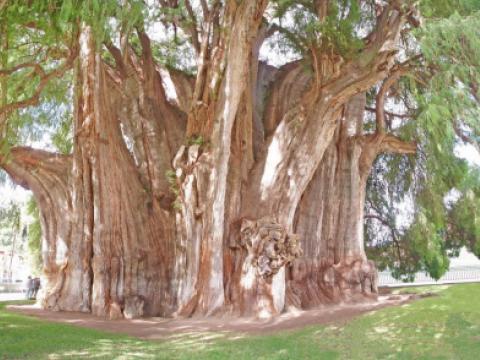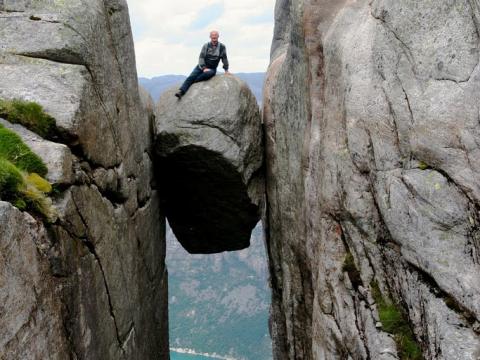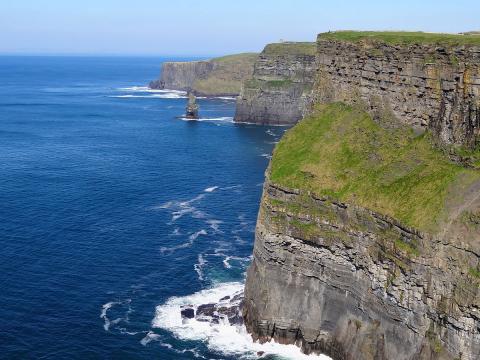Location
Is it serious when a glacier bleeds? Not necessarily. It might be the Blood Falls in East Antarctica. This five-story high, blood-red waterfall pours slowly out of the Taylor Glacier. Looking at the highly creepy sight, you might think about all the alien societies crushed under the Antarctic glacier.
But there is another explanation. Under the glacier there is a subterranean lake. The trapped lake has very high salinity and is rich in iron, which gives the waterfall its red hue. Almost as strange is the fact that 1,300 feet beneath the ice there are living micro-organisms in an environment with no oxygene or light. This community of microbes is sustained by the iron and sulfur in the water and has lived there since the Taylor Glacier sealed the lake beneath it roughly two million years ago.
There are tours to Antarctica, but no tour will take you to the Blood Falls. McMurdo Dry Valleys where the falls are located is the harshest desert in the world with katabatic winds blowing at around 200 mph. The strong winds absorb all the humidity and make the area ice free.
If you plan to go there anyway, make sure to bring protective clothes and a good tent as the temperatures can reach −89°C (−129 °F).







